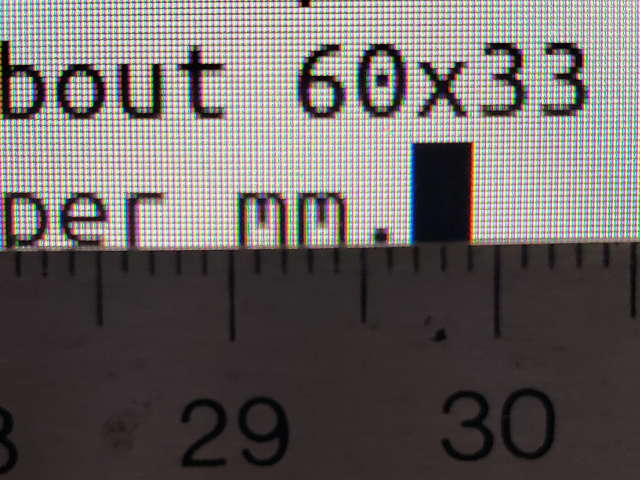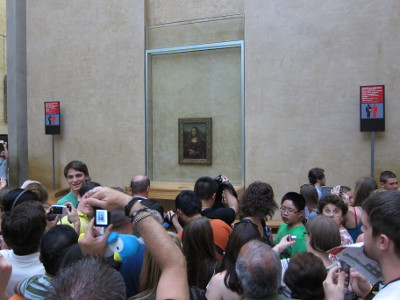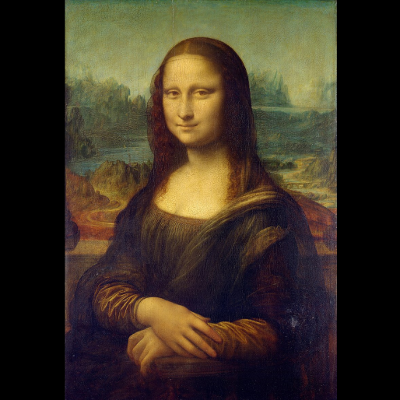Knowledge in a bottle, a meditation on big numbers
Sooo — imagine we have a screen with 4096x4096 pixel resolution with a 24 bit color depth. That is, 16777216 (4096 x 4096) pixels each of which can represent 2^24 (16777216) colors — each of the 16777216 pixels can be one of 16777216 colors. (For convenience colors are numbered from 0 to 16777215 instead of from 1 to 16777216, and likewise pixels are numbered from 0 to 16777215. Pixels are arranged in rows of 4096; the first, topmost, row is pixels number 0 to 4095, the second row is pixels 4096 to 8191, and so on).
How many possible images are there? If the first pixel is allowed to range through all the colors (0 to 16777215) while all the other pixels are 0, there are 16777216 possibilities. If we allow the second pixel to change as well, then there are 16777216 possibilities for each of the possible values of the first pixel — 16777216 x 16777216 possibilities, in total. Similarly for the first 3 pixels — there are 16777216 x 16777216 x 16777216, or 16777216^3 possibilities for the first three pixels.
Following to the logical end, there are 16777216^16777216 possible images that can be displayed on that screen. This is a very large number. For comparison, a "google", for which Google is named, is 10^100. The number of elementary particles in the universe is estimated to be on the order of 10^80.) I’ll call this number, 16777216^16777216, "I".
This is the number of elements of the set of all images that our screen could possibly display. I will call this set of images I* ("Eye Star"). It’s a lot of images, but certainly not an infinite number — it can be represented in 17 characters (16777216^16777216), after all.
We could number images. For convenience we will start with image number 0; it’s the one with every pixel having the value "0". This is totally black. The last one would be image number 16777216^16777216-1, and every pixel would have value 16777215. This would be totally white.
A 4096x4096 screen is pretty high resolution. I have a fairly good BenQ monitor for photo editing that has a resolution of 2560x1440 pixels and a color depth of 2^30. The images are sharp and clear and at a normal 24 inch viewing distance individual pixels are not detectable. It is about 60x33 cm, so the resolution is about 43 pixels per cm, 4 pixels per mm. Here’s a close up of some of the above text on my screen with a ruler:

There are indeed a little more than 4 pixels per millimeter.
Mona Lisa — the infinite art gallery
The Mona Lisa is, according to the internet, 77x53 cm. I visited it back in 2012. It wasn’t a very satisfying experience:

Starting with a good photo of the Mona Lisa, if we added some black borders on the sides, we could have a 77x77 cm square image that included the Mona Lisa, and we could represent this square image on our 4096x4096 screen. It would look something like this (only bigger, of course):

Even this image, small as it is, is more satisfying than my in-person experience back in 2012.
If our screen happened to be the same physical height as the real Mona Lisa, 77 cm, the resolution would be about 53 pixels per cm, about 5 pixels per mm, or 134 pixels per inch. It would be sharper than my good monitor.
But of course, the Mona Lisa is only an example. Photographs of every work of art known to man could be reproduced the same way. There’s more: we could shift the Mona Lisa image one pixel to the left — that would be another image in I*, as is the image of Mona Lisa shifted two pixels to the left, and 3 pixels, and with a particular shade of blue as the border, or a border with fractal images of the Mona Lisa growing from the side. Or the border could have some museum quality explanatory text, or dirty limricks, or anything, really. The Mona Lisa is said to be the most parodied work of art in existence. "Eye Star" of course includes every parody of Mona Lisa.
In fact, if we are satisfied with a 4096x4096 high color resolution, every possible painting or photograph is included in our set I*. Plus extreme closeups of every part of every image. At all scales.
Instead of photos of works of art, we could have photos of natural landmarks. Our giant set of possible images contains every possible photo of the Grand Canyon, for example, from every angle. Every possible photo — doesn’t have to be photos that were actually taken. Even more, it contains every possible variation of those photos, even if it’s only one pixel that is different.
Human knowledge — the infinite library
We don’t have to take pictures of scenery — we can take photos of pages of text. A 4096x4096 screen can hold maybe 16 pages of text, so first of all, every possible article of fewer than about 16 pages is included — it just goes along with including every possible photograph. We would have a picture, oh by the way, of every page of every book ever written. We would of course have pictures of those pages with every possible typographical error. You remember the monkeys typing out random pages on their way to reproducing the works of Shakespear? Every one of their random pages, every conceivable random page they could type — they are all present in I*. This web page, and all possible variations of it, all possible web pages. Every page in the Internet Archive only makes up a tiny blip. Wikipedia, every Facebook and Twitter post, every photo posted anywhere on the web — all just further insignificant blips in the mighty Eye Star.
But also, every possible erroneous variation on every bit of information is included as well. There is no "truth" here. Truth and lies and noise are all the same, in the great Eye Star.